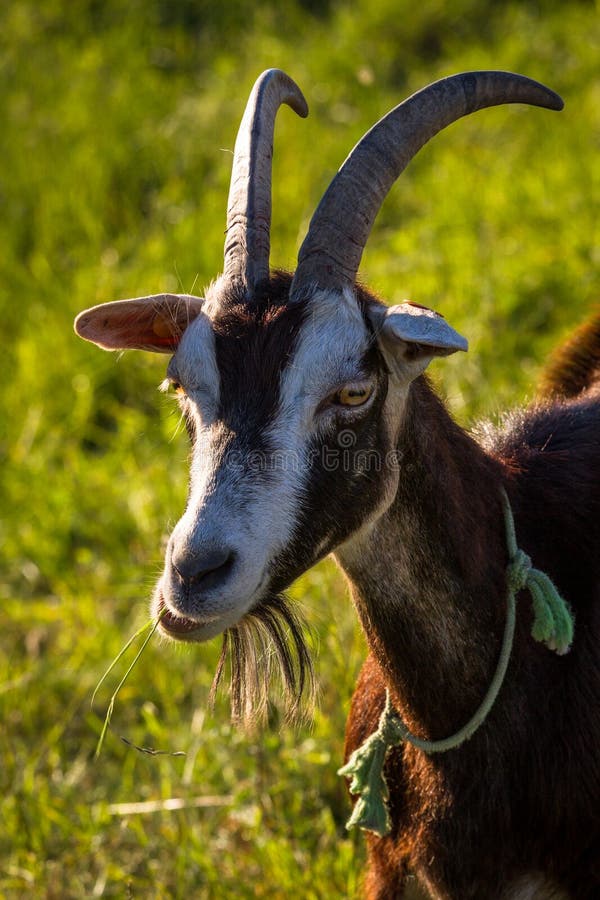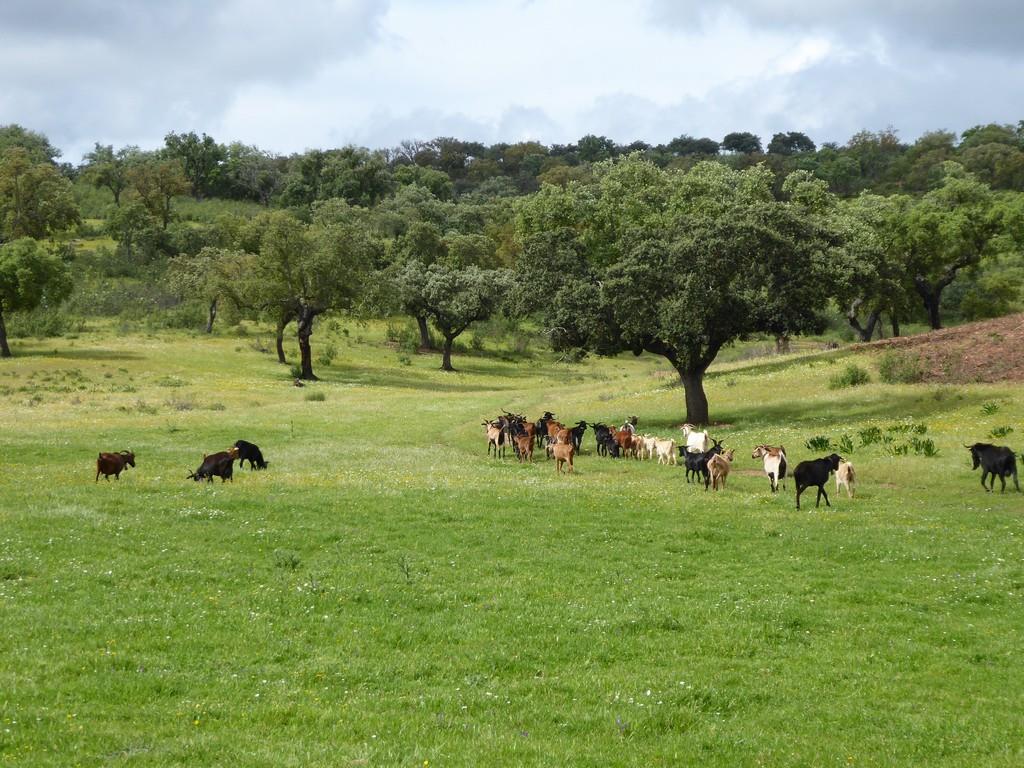

Two TEs independently inserted into the promoter region of the orange Ruby gene, resulting in convergent evolution of the blood orange trait. In rice, TE activity was shown to be responsible for altering the expression of a gene which gave plants tolerance to aluminium. This trait was found to be the result of TE insertion. For example, in maize, the selection of varieties which allowed flowering under long-day conditions was responsible for helping maize to be grown over a broad range of latitudes globally.

Genetic change that is exploited in breeding programmes can also result from the activity of transposable elements ( TE) found naturally in plant genetic material. Examples of these are exchanges, rearrangements and duplications of extensive stretches of DNA containing potentially hundreds of genes that have taken place during breeding for disease resistance in tomato and wheat and during the domestication of peach varieties. Traditional breeding relies on the dynamic nature of genetic material and makes use of a range of genetic changes, including major structural variations which occur naturally within species and their close relatives that are used in breeding programmes. They and ACRE have cited an evidence base which demonstrates that the genetic material of organisms is not fixed and immutable, but is frequently subject to high levels of natural variation and selection, occurring in real time within species and individuals, and sometimes in response to environmental stimuli. Other expert groups, governments and organisations have commented on the importance of developing scientifically credible regulatory options. Furthermore, ACRE’s view is that where GE introduces genetic alterations and combinations that are of the type that are selected for in traditional breeding, the environmental release of these organisms should not be regulated in the same way as the environmental release of genetically modified organisms (GMOs). Underpinning this view is the key principle that it is the final characteristics of an organism which determine whether it presents any safety risks, regardless of the method used to produce that organism. Most relevant are ACRE’s conclusions on a range of site-directed (or targeted) mutagenesis technologies such as those now commonly referred to as gene-editing.ĪCRE’s view is that an organism produced by gene-editing or another genetic technology would not pose a greater safety risk than a traditionally bred or naturally occurring version of that organism, as a result of how it was produced. Traditional breeding and GE: scientific contextĪCRE has previously considered many of the issues which are raised by this consultation (mainly in the context of plant breeding but also considering applications in animals and micro-organisms). These technologies will continue to evolve and increase in efficiency and accuracy, and it will remain necessary for regulators to assess whether or not genetic changes introduced by these technologies could have arisen naturally and/or through traditional breeding. Use of the term GE in the discussion below should be considered to include all these alternative approaches. Furthermore, our increasing knowledge of the proportion of genetic material which does not contain genes (i.e., non-coding DNA) will in the future extend the range of targets for editing. ACRE understands this to encompass a wide range of methods, including but not limited to, genome editing, epigenome editing and transcript editing. ScopeĪCRE notes that the scope of the Defra consultation includes organisms produced by gene-editing ( GE) and other genetic technologies.
#Caprine acres full#
Defra have published the full Government response to the consultation.

The purpose of this advice was to assist Defra in its consideration of the issues raised by the consultation, including the scientific aspects of certain safety considerations. ACRE has provided below detailed advice concerning key aspects of Defra’s consultation on the regulation of genetic technologies, and was assisted in this by two co-opted members who have provided invaluable scientific and technical expertise in the areas of plant genetics and food safety (Prof Huw Jones, IBERS, Aberystwyth and member of ACNFP) and in animal genetics (Dr Huw Jones, member of FAnGR).


 0 kommentar(er)
0 kommentar(er)
